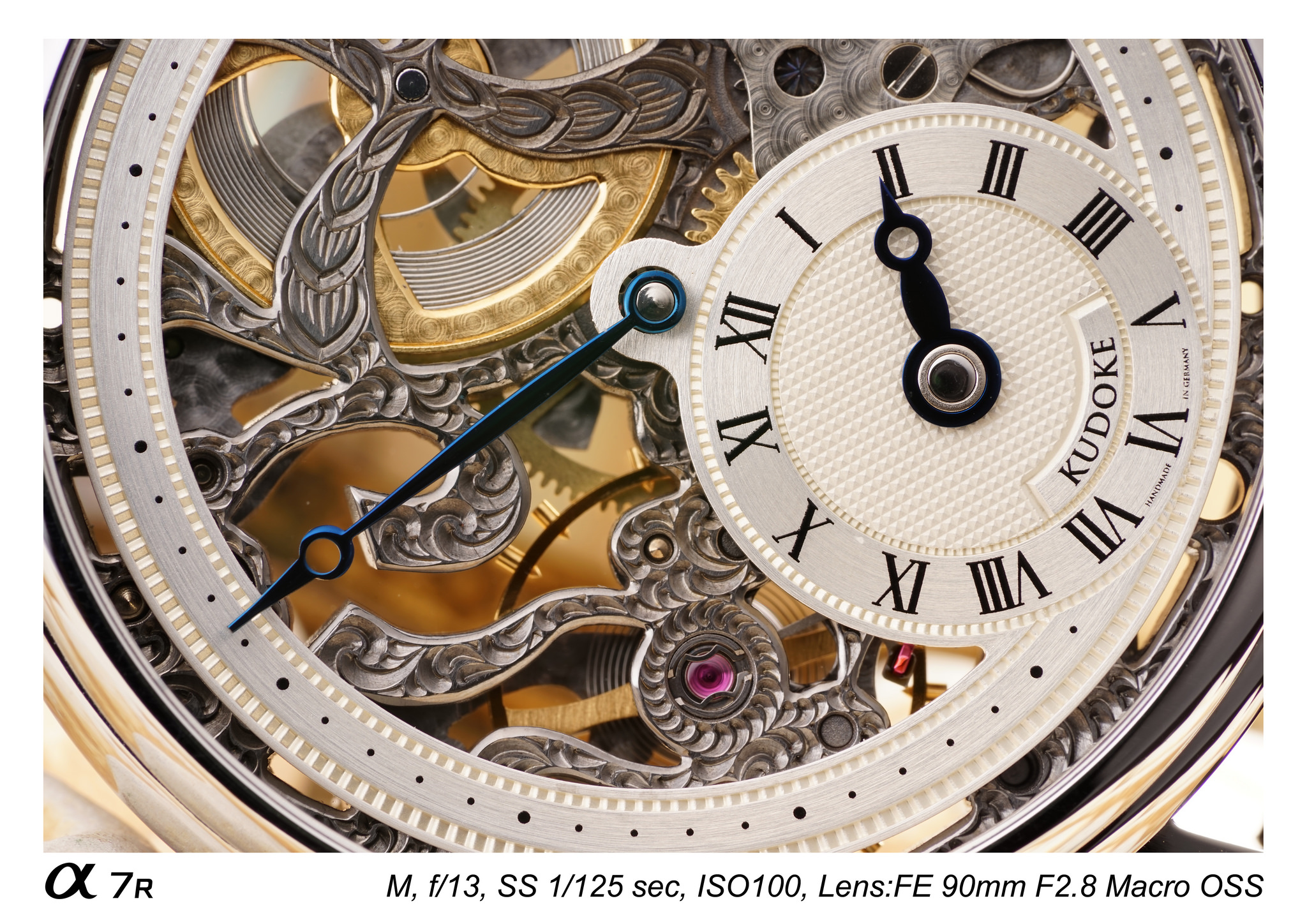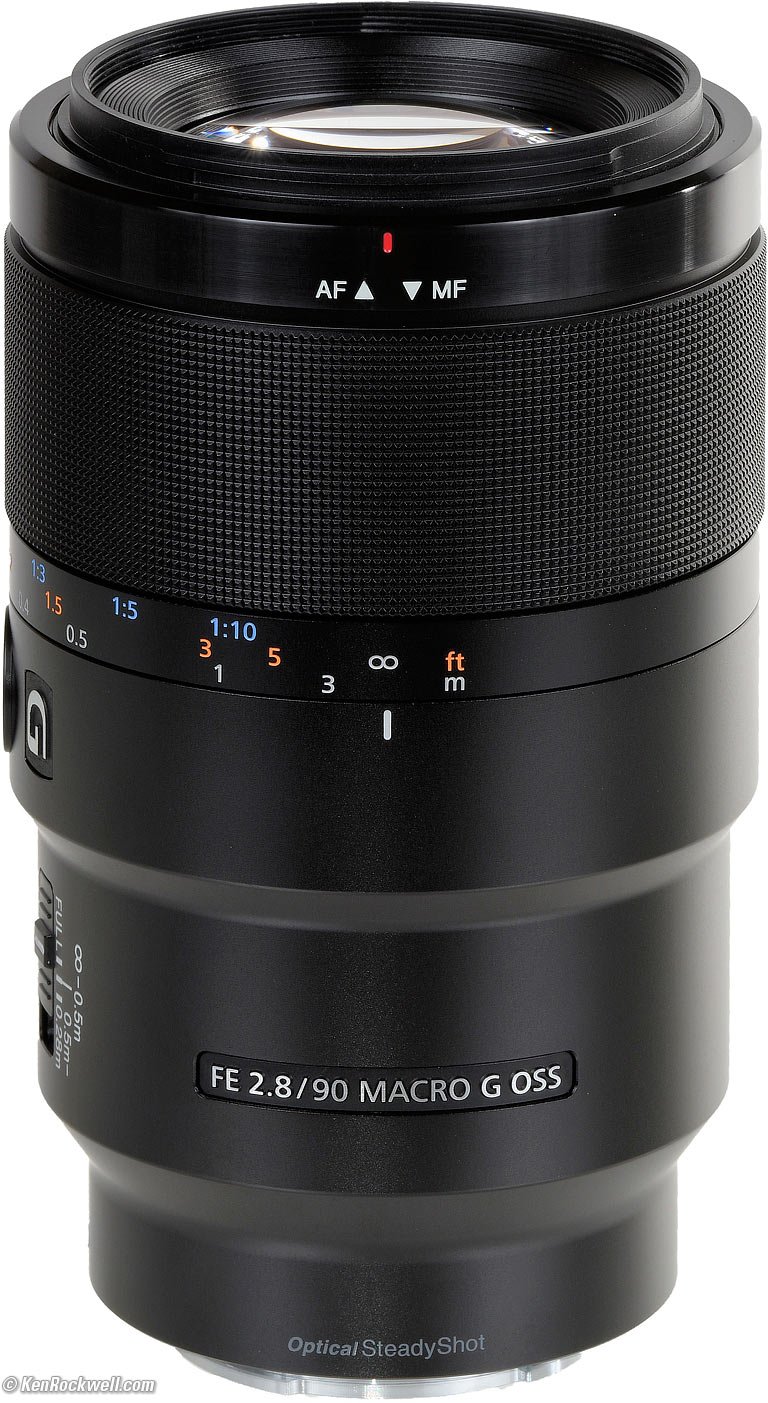
Not to mention, the Sony 85mm F/1.8 is significantly cheaper or lighter. ) If you are looking primarily for a portrait or general purpose lens, the 85mm lenses are better choices with better bokeh, better low light capability and better autofocus. I’ve seen some people ask whether they should get the Sony 90mm F/2.8 Macro G or one of the Sony 85mm lenses. (I don’t have personal experience with the Canon). I can say with certainty from experience that the Sony 90mm F/2.8 macro outperformed the Nikon 105mm F/2.8. Price really is just slightly higher than Canon and Nikon macro lenses, at $1100, compared to $900 for the Canon and Nikon. The weight and size of the Sony 90mm f/2.8 Macro G is very reasonable though not really any smaller than a comparable 90mm dSLR lens would be.

Still, in most cases shooting under 15 feet, including most portraits, I wouldn’t hesitate to use this lens. Further, images aren’t quite as sharp when shooting closer to infinity. Backlit situations can produce some low contrast ghosting. But there are a couple of caveats when using it for “normal” shooting. When used as a normal 90mm prime lens, the Sony 90mm F/2.8 Macro G produces high quality images that are mostly sharp across the frame. Used for the specialized purpose of actual macro shooting, the lens renders contrasty sharp beautiful images. Sony’s entry into that field,the Sony 90mm F/2.8 G Macro lens is unquestionably a winner. Overall:Įvery system has a macro lens between 90 and 105mm. In fact, I can’t pick which is sharper - very very similar performance in terms of sharpness. (And both become exceptionally sharp by F5.6). Neither lens displays perfect sharpness in the near-corner at F2.8, but they are both acceptable. It appears those reputations are well deserved. These two lenses have reputations as being among Sony’s sharpest. To the extent the lenses display different levels of sharpness, I expected it would be most evident in the corners at wide aperture. These images are just a bit shy of the extreme corner. Sony FE 90mm F/2.8 vs Sony 85mm F/1.8, 85mm near corner at F2.8 In my experience with Nikon and Sony A-mount macro lenses, I’ve come to expect a very high level of image quality. Image Qualityīy starting at F2.8, macro lenses aren’t pushed to the extremes of other prime lenses. Focus is very very close to silent, but there is a very faint buzz during continuous AF. There is definite focus hunting at times, which is reduced by using the focus limiter switch. So definitely getting some benefit from the stabilization, but not as extreme as some other lenses.Īutofocus has some issues but this is expected by the large focal range covered by macro lenses. In real world shooting, I’d keep the shutter speed at 1/50th of a second or higher. At 1/10th, very few of my images were acceptable. At 1/25th of a second, I got a lot of “almost sharp” images. Any slower, it became harder and harder to get a sharp image. At 1/40th of a second, most of my images were quite sharp.

Personally, I did not find the stabilization system worked quite as well as some of Sony’s other lenses. The effectiveness of the stabilization will depend on your own steadiness and technique. Stabilization, 1/10, possivle to get fairly sharp image but mostly unusable Some crops shooting between 1/40th of a second and 1/10th of a second Considering that when shooting macro, even the tiniest movement can throw off the shot, stabilization is handy for doing any handheld macro shooting. The Sony 90mm F/2.8 G features optical steady shot (OSS), which works in hybrid with the Sony A7riii’s IBIS system. It is really nice to have when shooting portraits. I re-program the focus hold button to be used for Eye-AF. The focus is by wire and the focus ring as a nice ridged grip.
SONY FE 90MM F 2.8 MACRO FULL
The focus limiter switch has three options: near, far, and full focal range. The lens also has traditional switches for Optical Steady Shot and focus limiting.
SONY FE 90MM F 2.8 MACRO MANUAL
I’m surprised this system isn’t implemented on more lenses as it allows switching to manual focus in one fluid motion.

You clutch and pull back the focus ring to switch to manual focus, and extend it back into place for autofocus. So you end up with a slightly shorter and slightly lighter lens).įocus switch is unique on the Sony 90mm F/2.8 Macro G. (For comparison, the Nikon 105mm F/2.8 is 720 grams and the Canon 100mm f/2.8 is 625 grams. It balances quite nicely on Sony full frame bodies. As depicted in the photographs, the lens has a decent amount of bulk but it is low weight considering the size, at 602 grams. It is a solid metal construction with weather sealing.


 0 kommentar(er)
0 kommentar(er)
